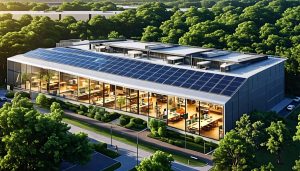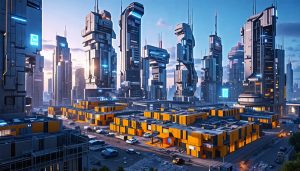
From Blight to Bright: 5 Inspiring Urban Revitalization Success Stories
Transforming cities through urban revitalization is a powerful way to breathe new life into struggling neighborhoods. From rehabilitating historic buildings to revamping public spaces, successful revitalization projects balance economic development, urban sustainability, and community engagement. This article showcases inspiring examples of urban revitalization from around the world, highlighting the strategies and impacts of these transformative initiatives. Through an in-depth look at case studies like the High Line in …









